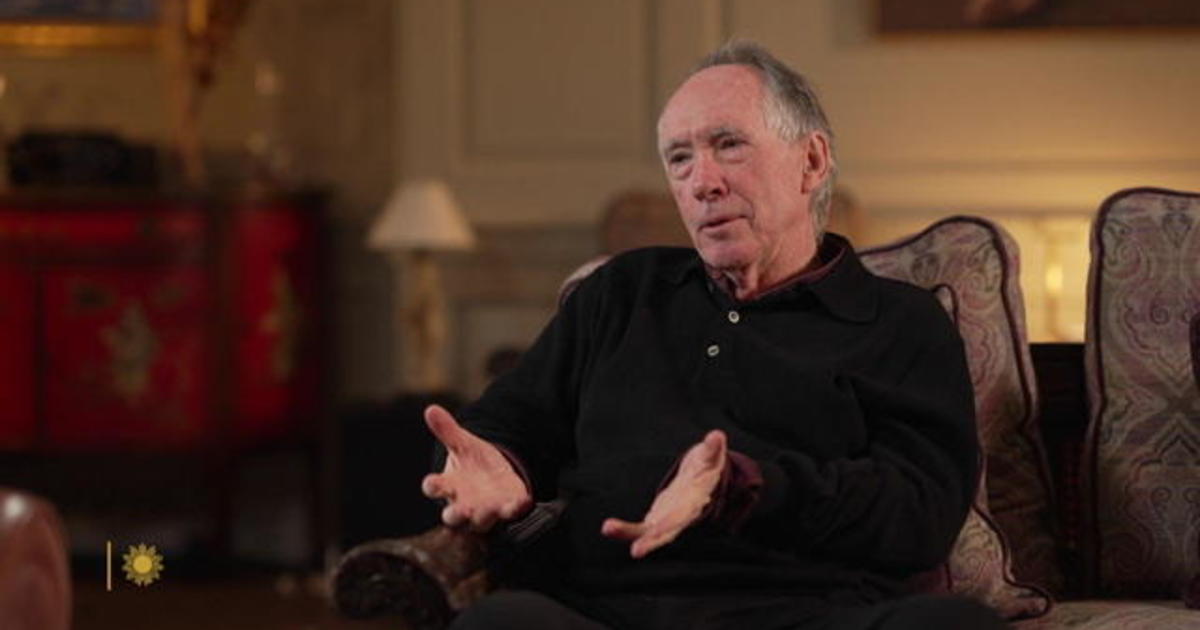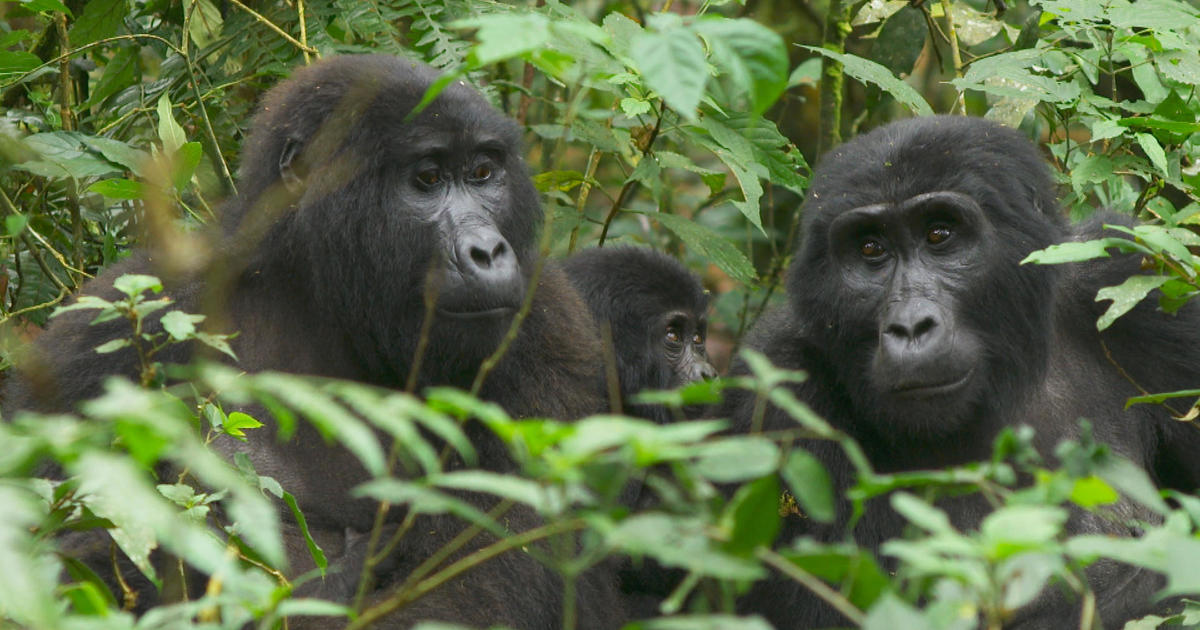Philanthropic donations to combat climate change rise 25% to $7.5 billion | WGN 720 Radio

Charitable donations to organizations working to slow climate change have increased in the past year, with many more groups receiving funds than just a few years ago. But despite growth, donations from individuals and foundations to climate-related causes stubbornly remain a small percentage of total charitable giving, according to a new report from the ClimateWorks Foundation.
The philanthropic jump was significant — up 25% from 2020 — and outpaced overall growth in giving. Still, climate philanthropy accounts for only 1 to 1.5 percent of all giving — just $7.5 billion to $12.5 billion of the $810 billion set aside for all causes in 2021, according to the report.
Donors need to recognize the increase in their support, says Helen Mountford, CEO of ClimateWorks. But the global costs of transitioning to a carbon-neutral economy will be in the trillions of dollars. A few billion dollars in charity is a start, but still not enough. “It’s nowhere near fast enough,” she says. “We need to do a lot more.”
Endowment giving increased even more, jumping 40% from 2020 to 2021 to reach $3.1 billion. Much of this was due to new major donors, such as the Bezos Earth Fund, which committed $519.2 million in 2021.
Mountford says a number of new foundations are donating to climate-related causes, perhaps inspired in part by Bezos, but also by the increasingly dire effects of drought, extreme weather and sea-level rise around the world.
Young, wealthy donors have also been drawn to the issue and explain part of the increase in support, says Jennifer Keith, president of the Climate Leadership Initiative, which advises donors on climate strategies. She says young affluent families are pushing for more climate funding because it’s an issue that directly affects them.
“The younger members of the families studied this science at school and are now in their 20s and 30s,” she says. “They can clearly see that deadlines are coming up and how that will affect them,” she says.
While the foundation for climate change mitigation is growing, it is also growing from a very small base. Foundations, especially those not directly focused on the environment, have been slow to commit to climate-related causes, says Phil Buchanan, president of the Center for Effective Philanthropy. A survey released by the center this summer found that 90% of fund managers called climate change a pressing issue, but only 10% said it was the most important issue to be addressed now.
Fund executives interviewed said the government and businesses should do more. They feel overwhelmed by a problem that seems complex and global in scope, and don’t know what strategies are effective, Buchanan says. And reports citing funding shortfalls for every issue are commonplace. But, he says, the climate that affects almost every area where philanthropy goes is different. “There’s a sense that it’s not what we’re doing because we have other issues to focus on,” he says. “This is the existential crisis of our time. I worry that if people sit on the sidelines, they will be ready to act when it’s too late.”
According to the report, the number of nonprofits receiving funding also increased. In 2015, around 1,400 groups around the world received funding for climate-related work. In 2022, that number nearly doubled to 2,775.
The increase in the number of groups working on the problem is encouraging, says Mountford. “We really need help building this field,” she says. “We cannot rely on just a few organizations. We really need to go deeper and broader to have multiple different agencies that help in the fight against climate.”
She also says that the increase in the number of groups may also indicate that more funding is going to climate justice groups. But that is not clear from this report. Climate justice groups—those that are often led by people of color, prioritize race, gender, and class in their approach to climate solutions, and focus on equitable outcomes approaches to climate change—have long been underfunded and receive only a small share of climate funding. However, the report does not show how much funding they receive and whether that amount is increasing or decreasing.
Mountford says that’s because donors rarely categorize their donations in ways that single out equity-focused groups in the U.S. and abroad. She says ClimateWorks would prefer a better understanding of these groups and that help to incorporate more data into future research.
An increase in climate change donations does not mean that justice-oriented groups receive more funding. The vast majority of funding still goes to big green groups, academics and think tanks, says Bineshi Albert, executive director of the Climate Justice Alliance, a coalition of 84 groups. “We need philanthropy to join forward-looking, community-led climate solutions and channel more money at the grassroots level,” he says.
The report does mention important philanthropic efforts to help secure more funding for these groups, including the Donors of Color Network’s Climate Justice Pledge, the Global Climate Justice Forum held during last year’s United Nations climate meetings, and recent leadership Candid for Donors, Center for Justice and Equity in Climate Philanthropy.
Last year, donors also committed more money to climate efforts outside the United States and Europe. Funding for Latin American groups has doubled, and funding for groups in Africa has increased by 50%. But funding outside the United States and Europe still accounted for only a third of the dollars spent.
Donors are also paying more attention to forest protection, with funding for the issue increasing by nearly 70% compared to the previous year to $260 million. That was due in part to a variety of efforts, including a multi-year announcement of $5 billion by nine grantmakers, including the Bezos Earth Foundation and the Gordon and Betty Moore Foundation, to help boost biodiversity. Much of the pledged funding targets programs to help indigenous and local communities conserve forests.
Donors have also donated to clean energy, food and agriculture, and carbon removal technologies opposed by some environmentalists.
Although donations remain small, the growth is encouraging, Keith says. “The most exciting thing is the growth and scale. Each of us should dream bigger.”
_____
This article was provided by the Associated Press Chronicle of Philanthropy. Jim Rendon is a senior writer for the Chronicle. Email: jim.rendon@philanthropy.com. The AP and Chronicle receive support from the Lilly Endowment to cover philanthropy and nonprofits. The AP and Chronicle are solely responsible for all content. For all AP philanthropy coverage, visit https://apnews.com/hub/philanthropy.
https://wgnradio.com/news/business-news/ap-charitable-giving-to-fight-climate-change-rises-25-to-7-5b/

:quality(70)/cloudfront-us-east-1.images.arcpublishing.com/tronc/MDJ2L75BY5BXLGOLNTQF2ZCDSY.jpg)


